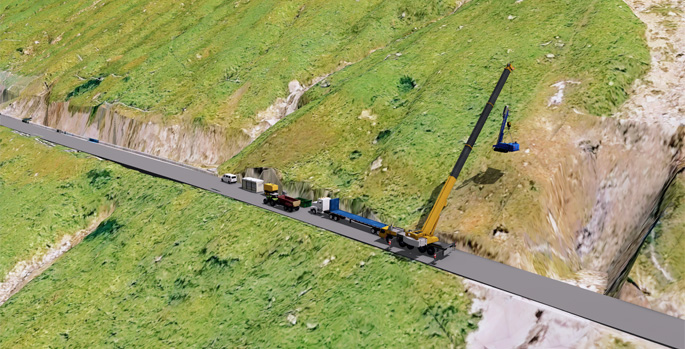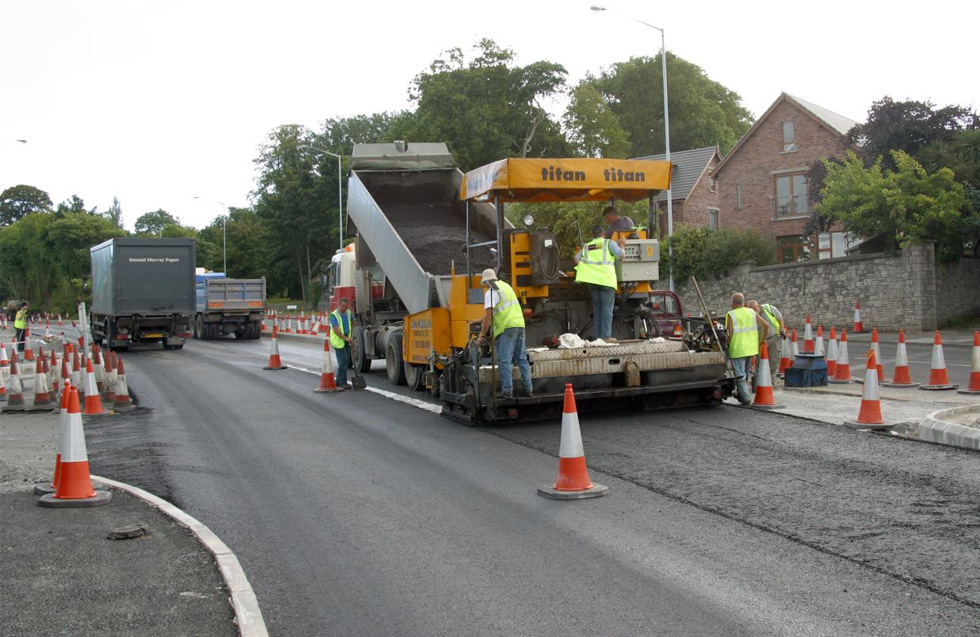Ground investigation works on the A83 Rest and Be Thankful Road, part of a long-term solution to landslips on the route, will see traffic diverted on to the Old Military Road (OMR) on certain days from May to August.
These diversions will start today (19 May) and will take place between 0800 and 1800 'on a number of days during May, June, July and August' - Transport Scotland said.
The roads authority did not give details of the exact days and so drivers are advised to check before travel.
The closures are in place to allow Structural Soils (SSL) to carry out detailed ground investigation work regarding landslips which are currently ongoing on the A83 Rest and Be Thankful Road.
Transport Scotland said that these investigations are ‘an essential part of informing the design development of the preferred route'.
The works will involve large cranes, ancillary equipment and many personnel to lift specialist drilling equipment on to the hillside, which will require the cranes to occupy the full width of the A83 carriageway.
Transport for Scotland stated that the closures are required during daylight hours to ensure the safety of the workforce, which means the work cannot be done at night.
Gordon Ramsay, A83 project manager for Transport Scotland said: ‘The Scottish Government remains committed to delivering a permanent and resilient infrastructure solution to address the A83 Rest and Be Thankful landslip risks as a priority and as quickly as possible.
‘Transport Scotland appreciates the frustration that traffic management, including diversions onto the OMR causes the local community, businesses and road users. As we carry out any works, we are committed to ensuring that Argyll and Bute remains open for business.
‘These temporary diversions onto the OMR are key to maintaining safety for both road users and the workforce. We will work with the ground investigation contractor to complete the work as quickly as possible and to reduce the number of closures needed, if feasible. Transport Scotland would like to thank local communities and road users for their cooperation.
‘The long term solution, consisting of a 1.4km debris flow shelter, is technically challenging and the landscape is dynamic so it is vital to understand the terrain in order to develop a suitable solution of the correct standard in the correct place.'

























